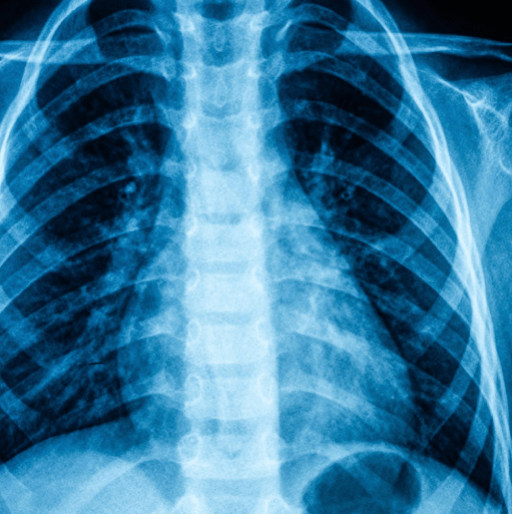Feeling the pinch? Let’s get the lowdown on Thoracic Outlet Syndrome (TOS). But wait, what is it exactly?
Thoracic Outlet Syndrome (TOS) might sound complex, but understanding it is crucial for effective management. TOS occurs when the nerves or blood vessels between your collarbone and first rib become compressed. This narrow space, known as the thoracic outlet, houses key anatomical structures: the brachial plexus (a network of nerves controlling the shoulder, arm, and hand), the subclavian artery, and the subclavian vein. Compression in this area can lead to a range of symptoms that disrupt daily activities.
Causes of Thoracic Outlet Syndrome
TOS can be triggered by several factors:
- Poor Posture: Chronic slouching or rounded shoulders reduce the space in the thoracic outlet, increasing compression on nerves and blood vessels. Poor posture can lead to muscle imbalances that exacerbate the condition.
- Repetitive Overhead Movements: Activities involving repetitive overhead motions, common in certain sports or jobs, can cause muscle tightness and altered anatomical alignment, contributing to TOS.
- Trauma: Acute injuries, such as those from a car accident or a fall, can shift or dislocate structures in the thoracic outlet, leading to compression.
- Cervical Rib: Some individuals are born with an extra rib known as a cervical rib, which can crowd the thoracic outlet space and increase compression risk.
- Anatomical Variations: Variations such as an enlarged scalene muscle or fibrous bands in the neck can also reduce the space in the thoracic outlet and contribute to symptoms.
Symptoms to Watch Out For
Symptoms of TOS can vary depending on which structures are compressed:
- Neurogenic TOS: This most common type involves compression of the brachial plexus, causing pain, numbness, tingling, or weakness in the neck, shoulder, arm, or
hand. Muscle weakness, especially at the base of the thumb, and loss of muscle bulk may also occur.
- Vascular TOS: When the subclavian artery is compressed, it leads to symptoms like a cold or pale arm, a weak pulse, or even blood clots.
- Venous TOS: Although rare, this type involves compression of the subclavian vein, resulting in swelling, a heavy feeling in the arm, or a bluish discolouration.
Physiotherapy Management of Thoracic Outlet Syndrome
Physiotherapy is vital for managing TOS effectively. A physiotherapist will begin with a detailed assessment to identify which structures are involved and how they are being compressed. Treatment usually includes:
- Posture Correction Exercises: These exercises aim to improve posture and increase the thoracic outlet space, reducing compression on the structures. Techniques might include shoulder blade retraction and chest muscle stretching.
- Stretching and Strengthening Exercises: Targeted exercises for the neck, shoulders, and chest help maintain alignment and relieve symptoms. Exercises such as neck stretches, shoulder shrugs, and scapular retractions can be beneficial in alleviating tightness and improving muscle balance.
- Manual Therapy: Techniques like mobilisation of the first rib can relieve pressure and improve mobility in the thoracic outlet. This can help realign the rib and reduce muscle tightness, alleviating compression.
- Ergonomic Advice: Your physiotherapist will provide recommendations on workstation setup, lifting techniques, and adjustments to daily activities to reduce strain and prevent exacerbation of TOS.
- Neural Mobilisation Techniques: These techniques gently stretch the nerves to alleviate symptoms such as numbness and tingling. Neural mobilisation can enhance nerve mobility and reduce discomfort associated with neurogenic TOS.
Don’t let thoracic outlet syndrome (TOS) hold you back. Call us on 9729 7777 to book your appointment with our skilled physiotherapists at Physio Elements located in Kilsyth 3137. And don’t forget to follow us on social media for more tips on staying healthy!
Information provided here (including text, graphics, images, outbound links, and other material) is for informational purposes only. It is general in nature and is not to be used or considered as a substitute for personalised professional medical advice, diagnosis, or treatment. Always seek the advice of your qualified allied health provider regarding any symptoms, medical conditions, or treatments and before undertaking any new health care regimen.

